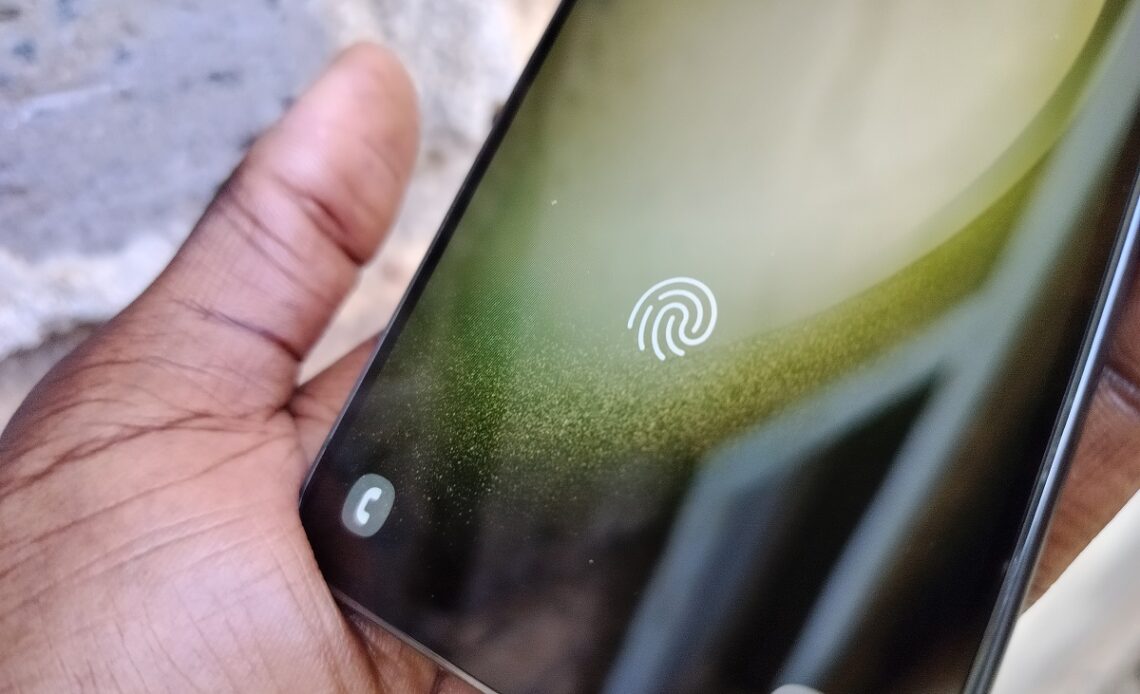
Fingerprint scanners have become an integral part of smartphones, allowing users to easily and securely unlock their devices with just a touch. In recent years, smartphone manufacturers have started using under-display fingerprint scanners, which are more convenient than traditional fingerprint sensors on the back or side of the phone. We mostly see these scanners on midrange and flagship smartphones like the OPPO Reno8 T 5G and the Samsung Galaxy S23 series. These are the latest from the two manufacturers to launch in Kenya in 2023.
There are two types of under-display fingerprint scanners available: ultrasonic and optical. The Ultrasonic scanners are mostly seen on the flagship devices like the Galaxy S23 series while the Optical scanners are on most midrange smartphones like the Reno8 T 5G. Both ultrasonic and optical under-display fingerprint scanners offer a convenient and secure way to unlock smartphones. However, they differ in terms of the technology they use, their accuracy, speed, and cost.
In this blog post, I will be looking at the similarities and differences between these two technologies.
Similarities
Both ultrasonic and optical under-display fingerprint scanners allow users to unlock their devices by placing their finger on the screen. They are designed to be more convenient than traditional fingerprint sensors, which are usually located on the back or side of the phone. Both technologies are also more secure than traditional password or PIN-based authentication methods, as they are much harder to fake or hack.
Differences
Technology: The primary difference between ultrasonic and optical under-display fingerprint scanners is the technology they use to read the fingerprint. Ultrasonic scanners use sound waves to create a 3D image of the fingerprint, while optical scanners use light to capture an image of the fingerprint.
Accuracy: Ultrasonic scanners are generally considered to be more accurate than optical scanners, as they can capture a more detailed image of the fingerprint. Ultrasonic scanners create a 3D image of the fingerprint, which can detect ridges and valleys that may not be visible to an optical scanner. This makes them more secure and less prone to false positives or false negatives. Optical scanners, on the other hand, can struggle with wet or dirty fingers, as the light may not reflect properly off the fingerprint.
Speed: Optical scanners are generally faster than ultrasonic scanners, as they do not need to create a 3D image of the fingerprint. Instead, they capture a 2D image of the fingerprint, which is then compared to the stored fingerprint data. This makes them more convenient for users who need to unlock their phones quickly.
Cost: Optical scanners are generally cheaper to produce than ultrasonic scanners, as they require less advanced technology. This makes them more accessible to smartphone manufacturers who are looking to cut costs. However, ultrasonic scanners are becoming more popular, and the cost difference is likely to decrease over time.

